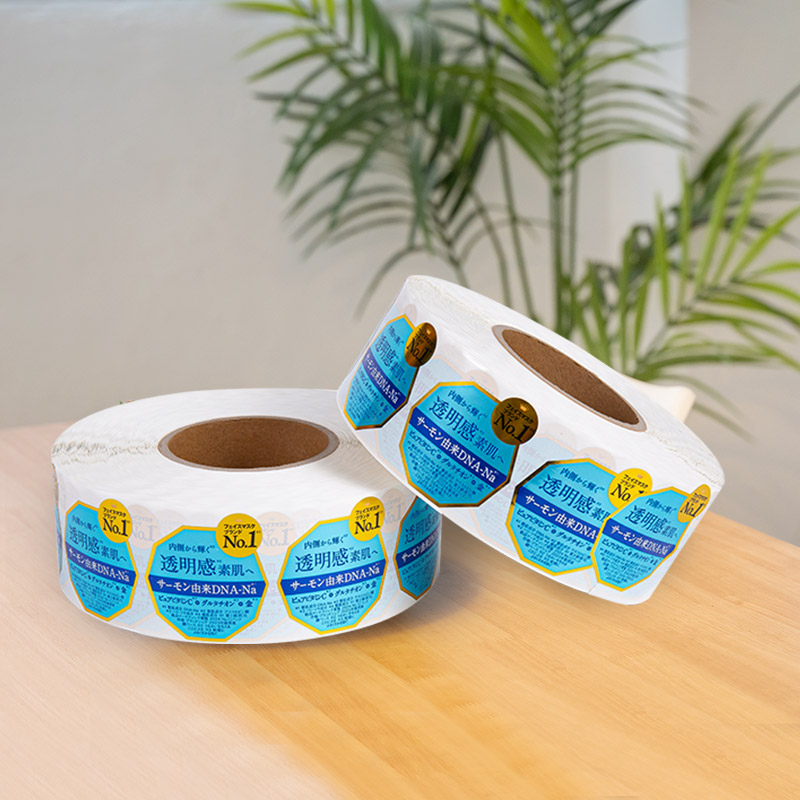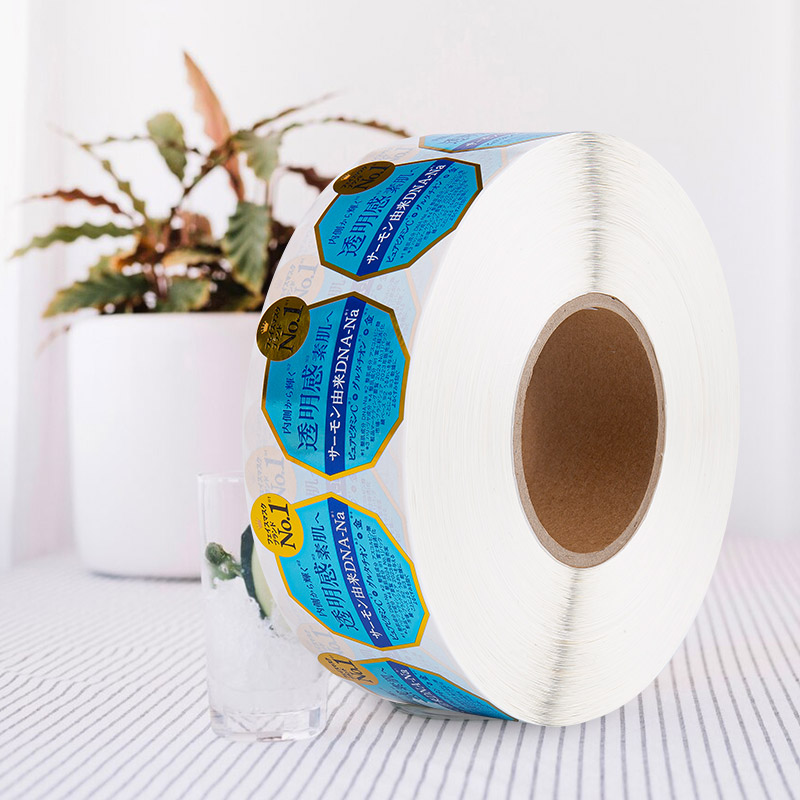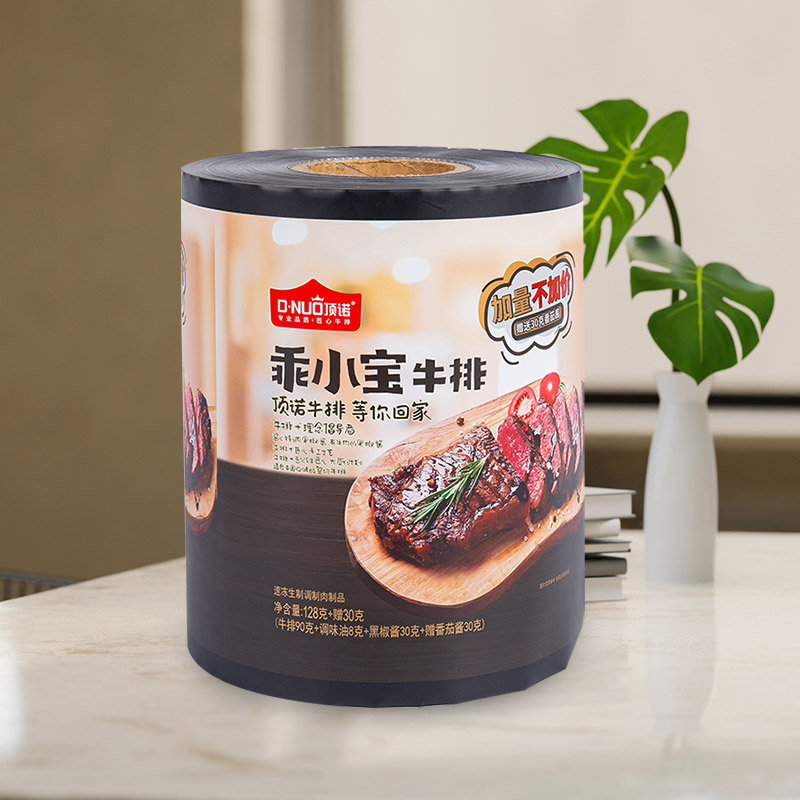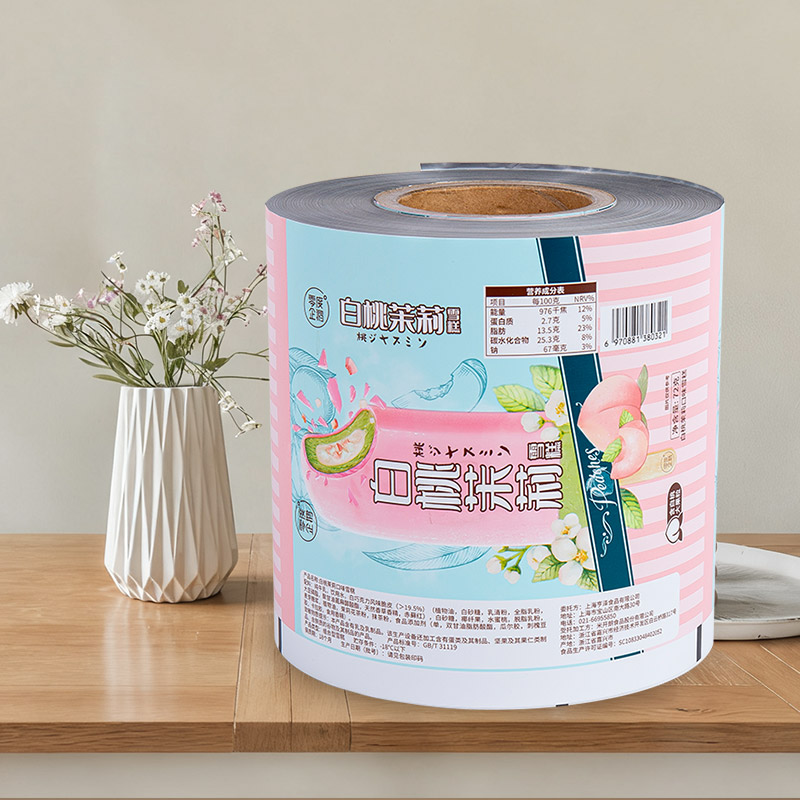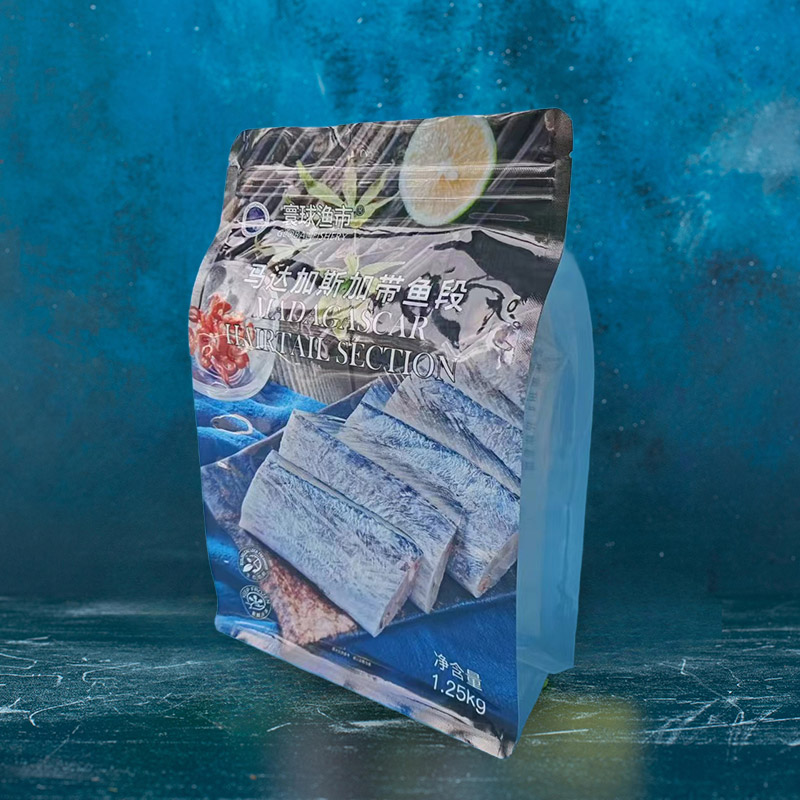With the advancement of science and technology, new materials for industrial textiles are constantly showing development trends, and their applications are also continuously expanding into various fields. Some functional fibers such as aramid, polyphenylene sulfide, and carbon fiber, although relatively expensive, are still favored by the market in fields such as environmental protection, energy conservation and emission reduction, flame retardancy, and high-temperature resistance.
New materials, as the foundation and forerunner of high and new technologies, have an extremely wide range of applications. Together with information technology and biotechnology, they have become a field with development potential in the 21st century. Like traditional materials, new materials can be classified from various perspectives such as structural composition, function and application fields. Different classifications overlap and nested with each other. Generally, new materials are mainly divided into the following fields based on application fields and current research hotspots:
Electronic information materials, new energy materials, nanomaterials, advanced composite materials, advanced ceramic materials, ecological environment materials, new functional materials (including high-temperature superconducting materials, magnetic materials, diamond films, functional polymer materials, etc.), biomaterials, high-performance structural materials, intelligent materials, new building and chemical new materials, etc.
Flame retardant
The marriage of architecture and textiles has only occurred in a few years. Putting fibers into concrete can enhance the strength of buildings and has achieved results. There are many such examples in the construction of Olympic venues. However, textiles, which are fireproof and flame-retardant materials used in the construction industry, have not received sufficient attention. The fire in the annex building on February 9, 2009 is still fresh in people's memory. This fire has brought serious harm to the lives and property of the country and the people. The media disclosed that the cause of the fire was that the flammable material on the exterior wall of the building - extruded polystyrene board - was ignited by fireworks. Extruded polystyrene board is flammable and catches fire extremely quickly. Using this flammable material, once it encounters sparks, the resulting losses are inevitable. In the field of construction engineering, in order to reduce the losses caused thereby, countries around the world attach great importance to the research of flame-retardant materials. Some high-performance and highly flame-retardant polymers, including polyetheretherketone (PEEK), polyetherimide (PEI), polyphenylene sulfide (PPS), polyphenylene sulfone (PPSU), polyethersulfone (PES), polyvinylidene fluoride (PVDF), and modified polyphenylene oxide (PPO), have emerged.
"Low-carbon"
Low carbon is the mainstream of the world today, and reducing carbon emissions is a long-term goal for countries. Due to the high melting point (not melting at 200 degrees) and stability of polyphenylene sulfide (PPS) fibers, they are widely used as industrial dust removal materials in China's coal, power and cement industries, serving as the "vanguard" for emission reduction. According to some data, bag-type dust removal equipment for coal-fired power and coal-fired boilers in China accounts for less than 10% of the total dust removal equipment. With the intensification of national efforts, the recognition of the advantages of bag filter technology has gradually increased. The annual demand for PPS fibers will grow at a rate of over 30% annually, and the market prospects are very broad. In addition, PPS fibers are also widely used in other fields such as urban waste incineration, vehicle exhaust dust removal, insulation materials, insulating materials, and chemical filtration materials, and the demand for them is increasing year by year.

 EN
EN
 English
English 日本語
日本語 Español
Español Deutsch
Deutsch عربى
عربى



